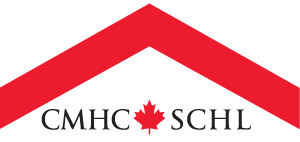Note: In January 2023, we saw an unusual increase in the total outstanding mortgage balances for the third quarter of 2022 compared to previous quarters. We removed the Mortgage and Debt Data tables in question from our website in the same month to investigate.
We discovered differences in the way financial institutions are reporting their mortgage data to Equifax. This impacts the figures related to outstanding mortgages like the number of trades, number of consumers, HELOCs and installment loans.
Data tables from 2019 to 2022 have been revised.






 Share via Email
Share via Email

